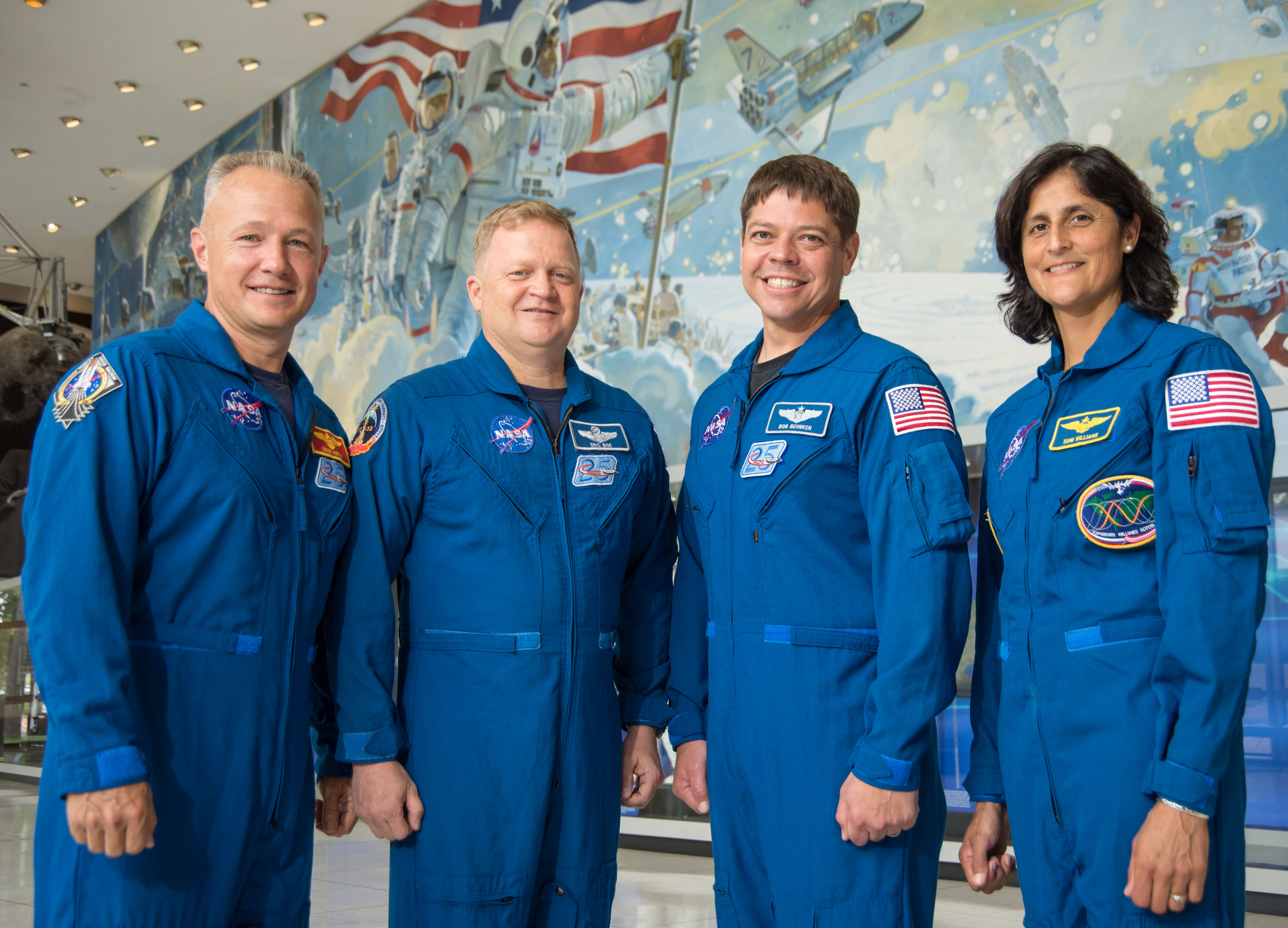
In 2015, both Boeing and SpaceX—NASA’s Commercial Crew Program (CCP) partners—received orders for spaceflights to restore the United States’ capability to launch since the end of the shuttle program in July 2011. In 2016, both companies must achieve critical goals to make 2017 test flights—and 2018 International Space Station (ISS) flights—possible. On Wednesday, Jan. 20, NASA announced the benchmarks both companies must accomplish in this short period. Kathy Lueders, the space agency’s CCP manager, underscored the work that must be done before Boeing’s CST-100 Starliner and SpaceX’s Crew Dragon fly: “A year always seems like a long time when it starts, but the team at NASA and the teams at Boeing and SpaceX know it is going to feel like a very short time as we continue to progress from one step to the next in the final development of a new generation of American spacecraft. Our success depends on the work we’re doing now to make sure every component and system that will go into these vehicles is safe and reliable for the future.”
Two Different Spacecraft, Similar Milestones
In September 2014, Boeing and SpaceX were both awarded CCP contracts. According to a previous AmericaSpace article, “The total award value of their Commercial Crew Transportation Capability (CCtCap) contracts are worth up to $6.8 billion, with $4.2 billion for Boeing and $2.6 billion for SpaceX, and in order to achieve final NASA certification by 2017 both Boeing and SpaceX must meet the same rigorous safety standards that were required for the space shuttle.” These contracts ensure that each vendor must fly at least one crewed test flight with at least one NASA astronaut aboard to verify spacecraft and launch vehicle systems through the all-important launch, docking, and mission phases. Between both companies, they are expected to fly at least two and as many as six missions to the ISS.
Boeing’s CST-100 Starliner/Atlas V, To Launch From CCAFS’ SLC-41
Boeing’s CST-100 “Starliner” was awarded with its first PCM order in May 2015, followed by a second PCM order in December. At present time, the company intends to fly an unpiloted 30-day test mission in April 2017, followed by a 14-day-long human-helmed mission in July that year.
NASA outlined the milestones scheduled for this year that must be reached before Starliner can fly. A full-size mockup spacecraft will be utilized during parachute and airbag tests to verify Starliner can land on terra firma. United Launch Alliance (ULA), which will provide the spacecraft’s Atlas V launch vehicle, will soon begin producing the flight test’s main boosters.
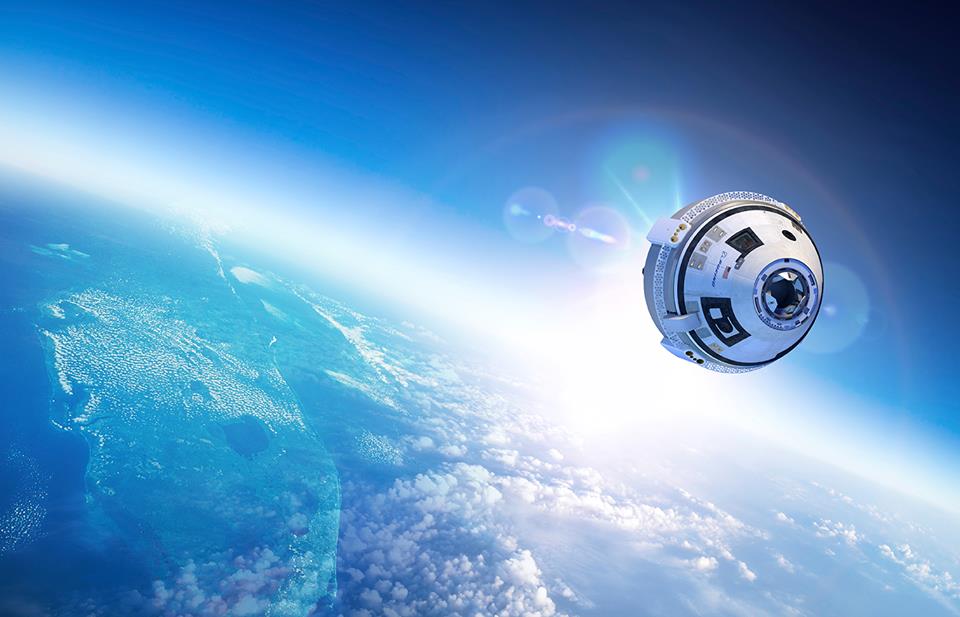
Starliner part-task simulators, essential for training the astronauts flying the missions in specific situations, will be delivered later this year to NASA’s Johnson Space Center in Houston, Texas; in addition, high-fidelity simulators that can mimic all training scenarios will also be built by Boeing. Spacesuits will be qualified, and drop-testing in water will be performed at NASA’s Langley Research Center in Virginia. While Starliner is supposed to land on ground, in emergency situations it may have to encounter water; these drop tests will determine the spacecraft’s behavior before and after it hits water.
Starliner will be launched atop ULA’s Atlas V launch vehicles from Cape Canaveral Air Force Station’s (CCAFS) Space Launch Complex 41. Before any launches occur, Kennedy Space Center and the launch pad at CCAFS must also undergo modifications. A 200-foot-tall Crew Access Tower is reported to be on its way to completion, which includes the “white room” and access arm to the spacecraft. A previous AmericaSpace article showed the Starliner crew access tower beginning to take shape and noted, “The tower will be comprised of seven major tier segments, or levels, and each will measure about 20 foot square and 28 feet tall.”
In addition, construction workers are finishing the high bay area of the Commercial Crew and Cargo Processing Facility (C3PF) at KSC, which previously house NASA’s space shuttles and their main engines between launches. Moreover, Boeing is completing its Mission Control Center, located across the street from the C3PF.
SpaceX’s Crew Dragon/Falcon 9, To Launch From KSC’s Pad 39A
SpaceX received its first order in November. (It bears note that the vendor flying the first crewed mission, designated USCV-1, has yet to be determined.) SpaceX intends to fly its 30-day unpiloted test flight as soon as December this year, and is aiming to make its 14-day-long crewed test flight in April 2017. While the Crew Dragon/upgraded Falcon 9 duo is poised to make its launch debut from KSC’s Pad 39A, which previously was utilized for the historic Apollo/Saturn and shuttle missions, the company must meet similar milestones before Dragon “breathes fire.”
NASA announced that three Crew Dragon spacecraft are in production at SpaceX’s Hawthorne, Calif., facility. Two will perform ISS flights (one crewed, one unpiloted). NASA stated that, “The first of these spacecraft will be refurbished after flight for an in-flight abort test that will be conducted from Florida’s Space Coast, while the third will fly the operational crew mission to the station by SpaceX.”

Similar to Boeing, the Crew Dragon must undergo extensive parachute testing; the vendor will drop the spacecraft thousands of feet from a transport aircraft to observe how the ship’s four chutes will deploy. A prototype Crew Dragon is currently being used to gauge how astronauts will enter, exit, and utilize the cabin’s layout, while two high-fidelity mockups will be used for structural and environmental testing. SpaceX will continue to test and manufacture the upgraded Falcon 9, which was successfully used in December as the launch vendor successfully deployed 11 commercial satellites. More memorably, the launcher’s first stage performed an electrifying upright landing on land.
NASA also announced that spacesuit qualifications and tests for vital environmental and life support systems are underway, along with validation for propulsive module land landing. NASA stated concerning the latter qualification: “SpaceX began testing the Crew Dragon propulsive land landing system in McGregor, Texas, late last year. A high-fidelity propulsive module will be used to perform validation testing of the propulsion system in support of land landings. While the company will initially land the Crew Dragon in the water underneath parachutes, the plan is to receive certification of the system for landings on land.” Notably in May 2015, the Crew Dragon spacecraft underwent a successful Pad Abort Test at CCAFS.
Also similar to Boeing, KSC’s facilities must undergo modifications to fly the Crew Dragons, most notably Pad 39A. NASA reported that a 300-foot-long processing hangar was built at the pad’s base, the flame trench was remodeled, and rails were added to position the Falcon 9 launch vehicles. A new “white room” and crew access arm will also be installed this year.
*****
In July last year, NASA announced the first CCP astronauts, who are Bob Behnken, Eric Boe, Sunita Williams, and Doug Hurley (astronaut Chris Cassidy was appointed as Chief of the Astronaut Office). With these astronauts train for missions less than a year-and-a-half out, Boeing and SpaceX will continue to “ramp it up” this year in preparations to make the first crewed flights since the shuttle program ended.
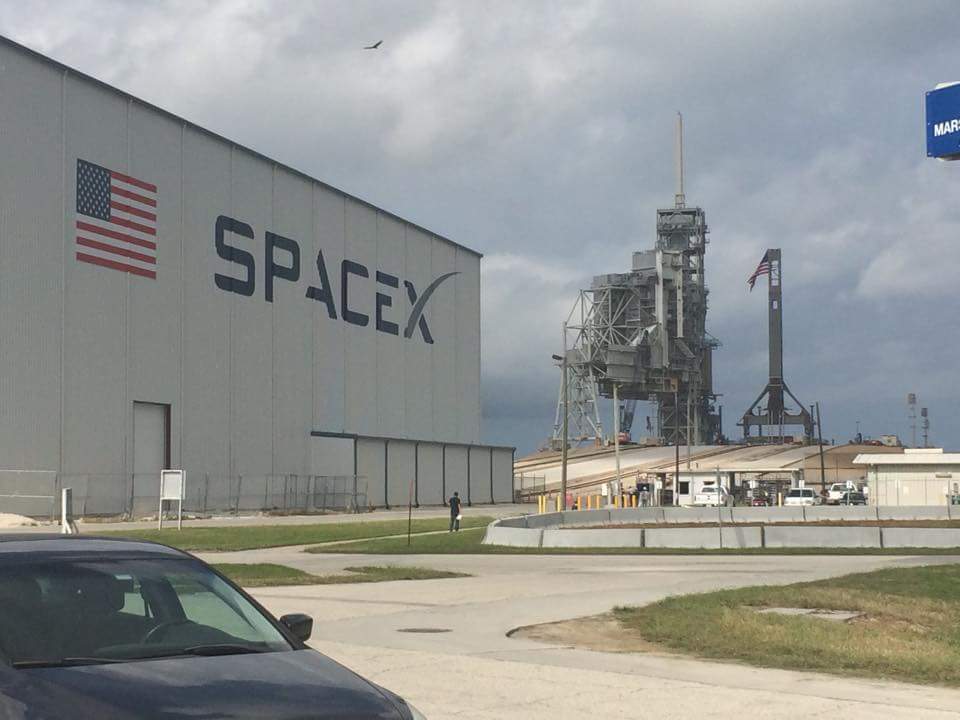
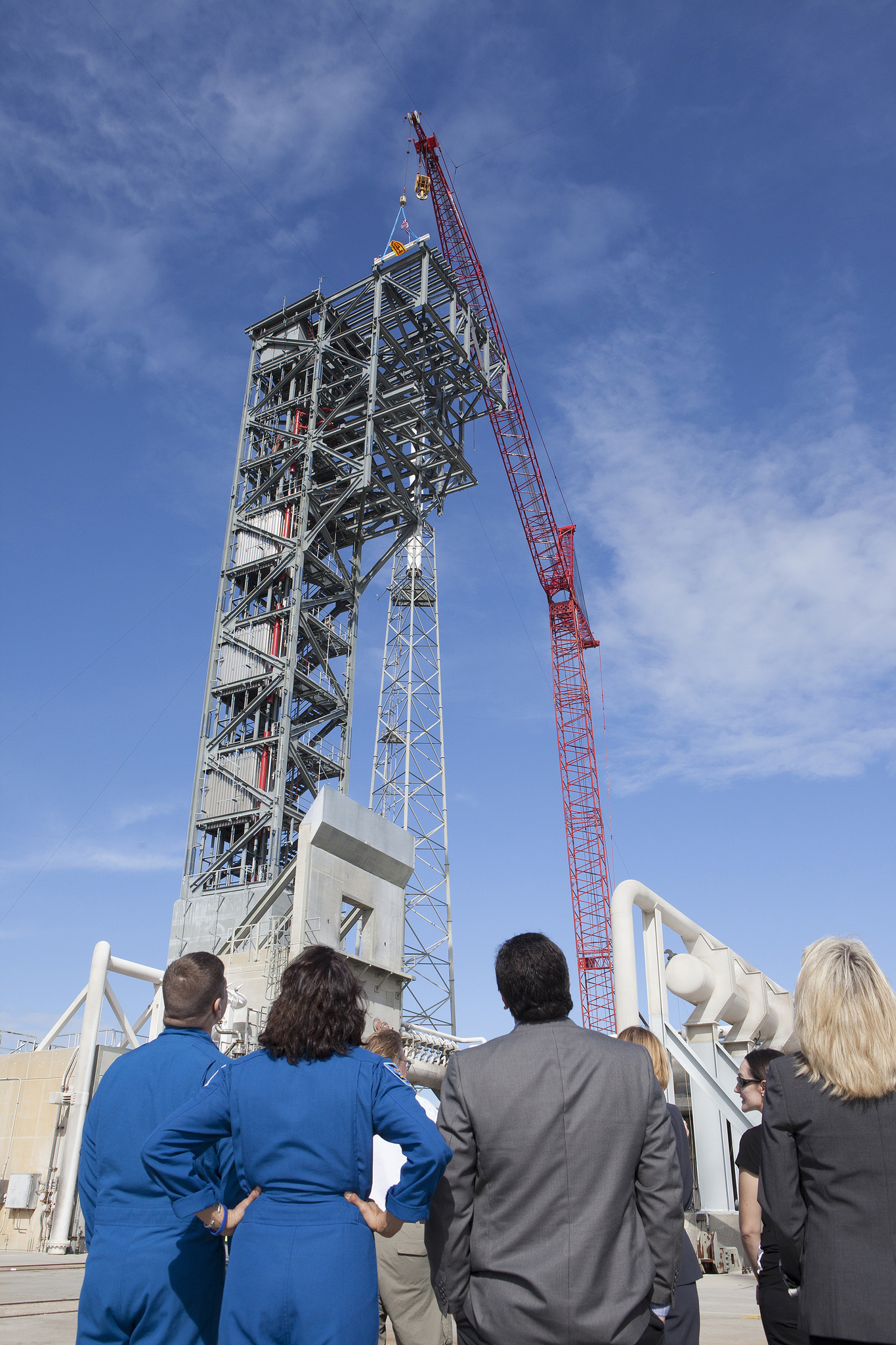
Be sure to “Like” AmericaSpace on Facebook and follow us on Twitter: @AmericaSpace




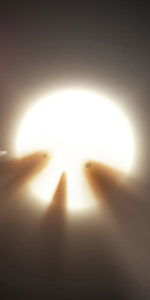
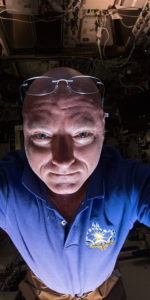
Great article, Emily. So glad you are covering this. I haven’t seen the Boeing spacecraft yet, but I did get a peek inside the Dragon v2 and it’s sensational.
It’ll be so exciting to see the first flights with astronauts on these space crafts!
They support your web in marketing your site to potential customers.
com, a Web Marketing House that deals with SEO, SEM and Online Marketing.
It is exceptionally critical for to opt for the ideal firm for the small business.
How can you apply SEO to your graphics-intensive website.
For example, a sub-page of this hypothetical site might be.
If it is not, your visitor will probably click back to search for another
company.